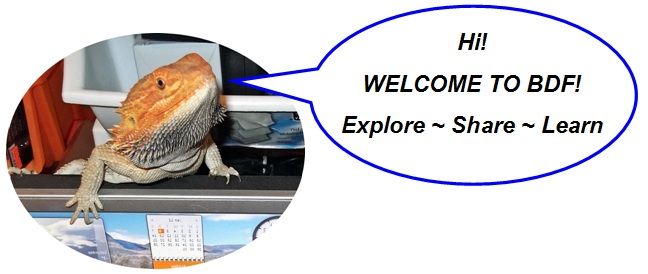RoccosKeeper
Bearded Dragon Egg
- Messages
- 7
- Location
- Edmond, Oklahoma
My name is Camille and my beardie's name is Rocco the Godfather. He is around 8 months of age, I got him when he was about 1 month from Petsmart.
He is in a 55 gallon reptile vivarium and he loves it!
He have a voracious appetite and loves to bask and sleep in weird positions.
He is sort of a jerk and has taken to hissing and puffing up when we go to pick him up.
We love him anyway

He is in a 55 gallon reptile vivarium and he loves it!
He have a voracious appetite and loves to bask and sleep in weird positions.
He is sort of a jerk and has taken to hissing and puffing up when we go to pick him up.
We love him anyway

 Welcome to the forums!
Welcome to the forums!


